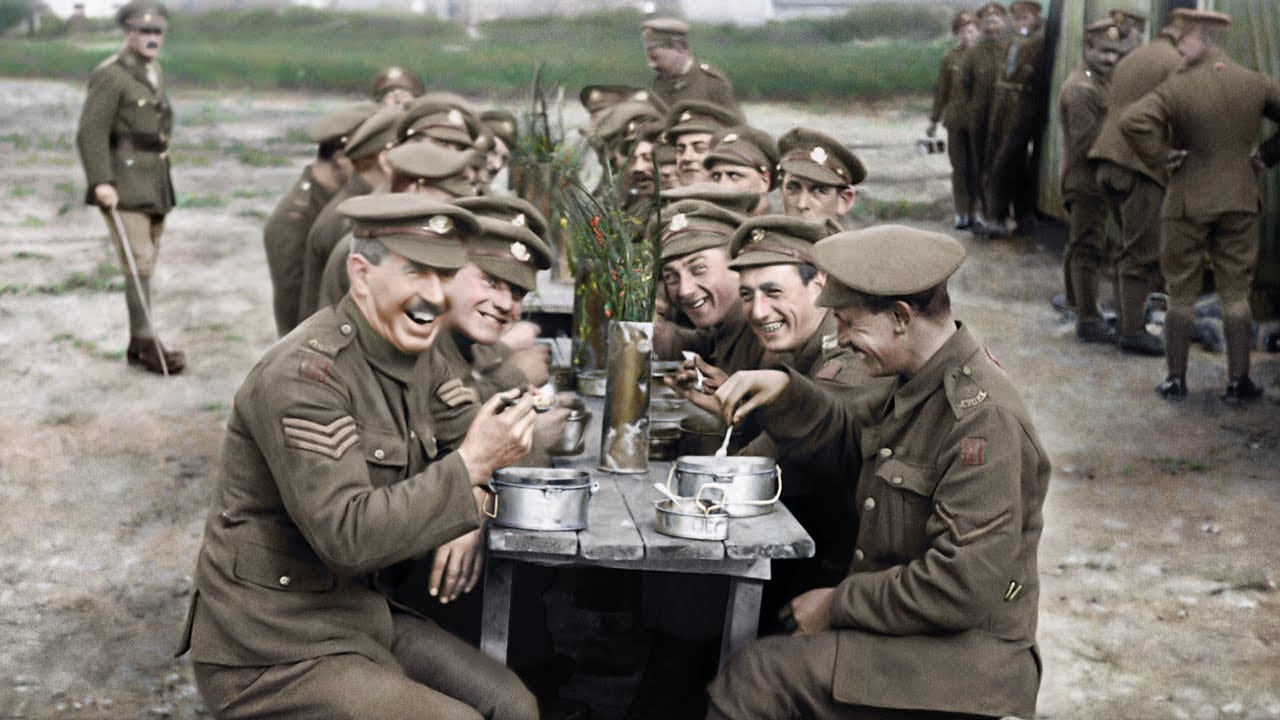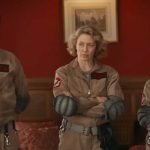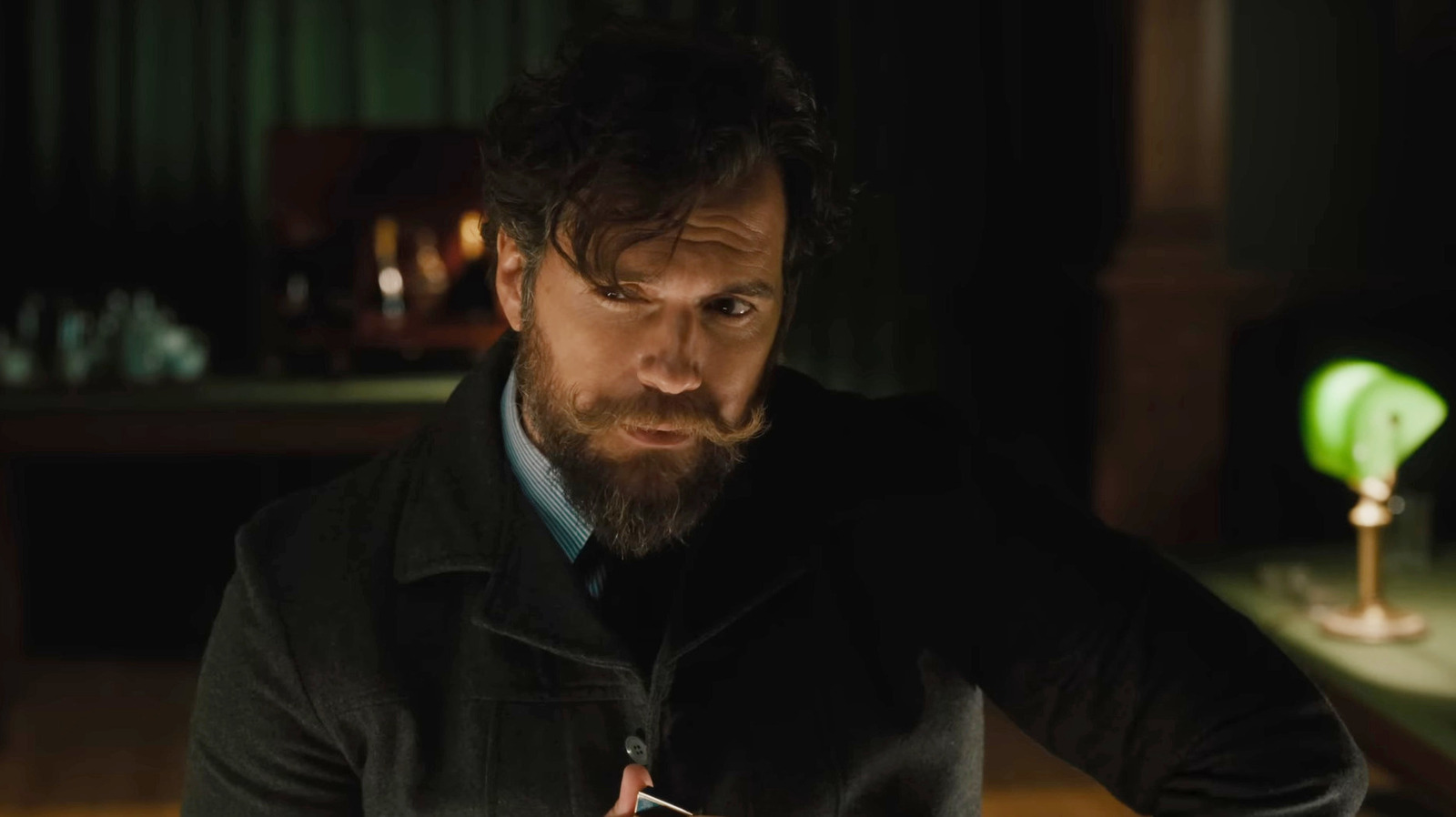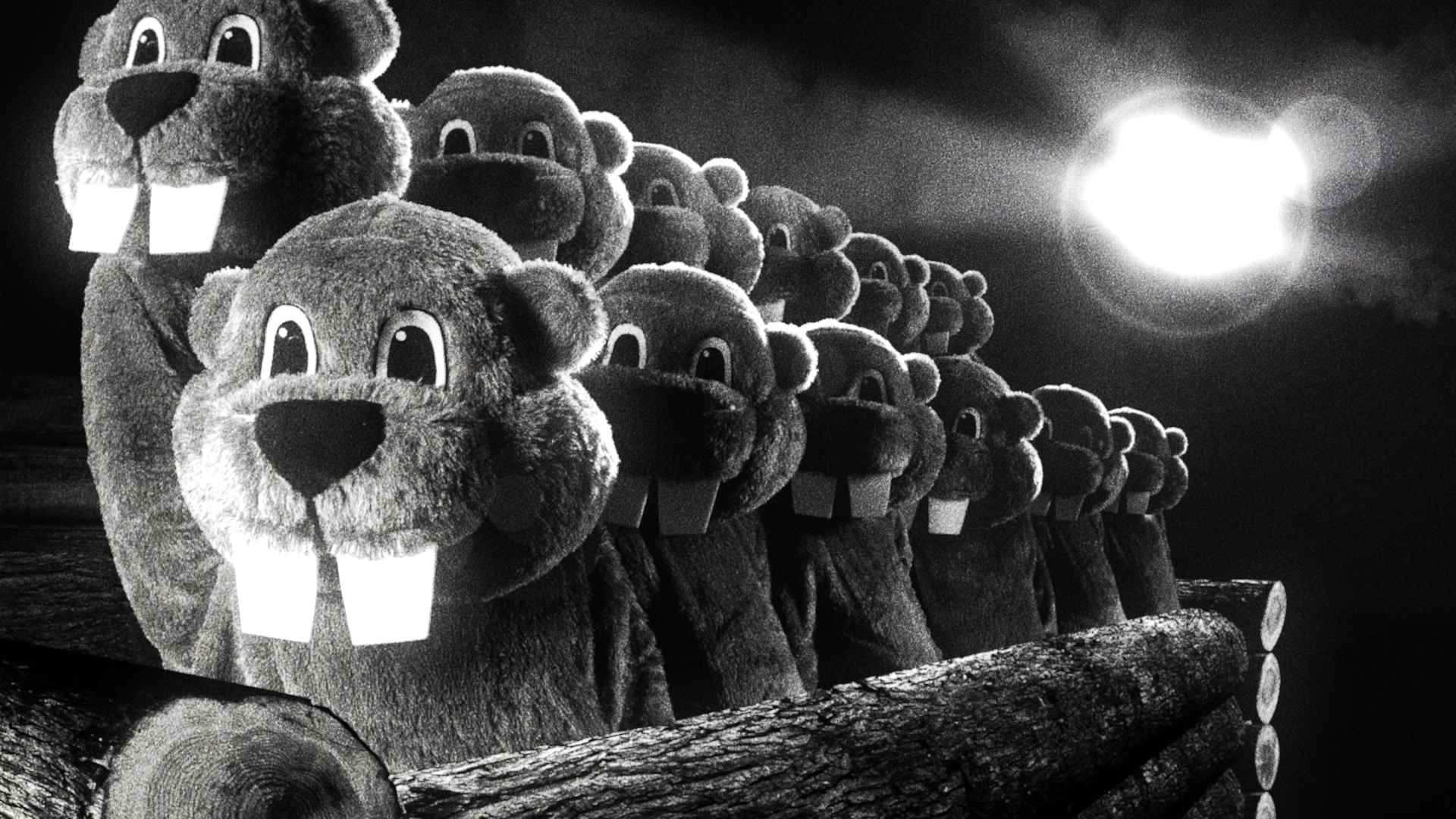
World War 1 is not a subject that has been given as lavish a documentary as the more footage-heavy conflicts of World War 2 and The Vietnam War among others of the second half of the 20th century. But after 100 years, director Peter Jackson assures that the war itself is not forgotten but that the English soldiers who served weren’t passed over either. A tribute to his grandfather, They Shall Not Grow Old is one of the most remarkable films on the subject of WWI in scope, personal accounts, and its use of theatrics, marking one of the few times where 3D enhances the theater-going experience.
Right from the start, we know we’re going to be saddled right alongside the soldiers with numerous recounts of the war being provided by the soldiers with narration. They give us an idea of what it was like to be a young man in England during a time of tension, where the mindset was that serving in the army was just something you did for your country without much questioning. You also didn’t question much if the army let you skate if you were under the age of 19 to serve. Some were aware of the politics but didn’t take as hard a notice.
Paired with this informative and personal audio is black-and-white footage from the era, detailing how the country appeared over a hundred years ago. We’re led through the process of being accepted into the military; standards, dress, schedules, training, etc. This is all great stuff but while watching this in the theater you may notice a sigh or two from the younger crowd, their thoughts dwelling on if they’re stuck with this format for two hours.
Boy, are they in for a surprise! When we finally get to the front lines of the war at hand, something interesting happens on screen. The frame slowly expands to cover every inch. Color transitions into the battlefield. Audio of speaking soldiers, footsteps, weapons, and crunched dirt can be heard on the soundtrack. The footage now takes on a new life, where the dated phrase of history coming alive seems most appropriate here than anywhere else.
But Jackson’s film is not merely a War in Color affair. The narration still holds the picture on a course from taking us to beginning and the end of the war. We learn more details about how soldiers went to the bathroom, ate a meal, and tried to let off steam while in the trenches. No other narration present. Just the stories of soldiers. And they’re unique stories that never become lost in the HD presentation of making World War 1 seem more vivid and real. Though I must admit Jackson makes some great calls in editing for describing the battles, cutting between footage of soldiers alive and soldiers dead on the battlefield.
By the time the war ends and we hear all the draining experiences, to the point where death wasn’t questioned as heavily and English soldiers connected with German prisoners over the pointlessness of war, the frame pulls back. Black and white sets back in. The civilians are said to have not been very interested in discussing the war, equating it to a job not interesting enough for a conversation. It really hit me at that moment how important such a film as this is to not be a forgotten date in the history books.
Peter Jackson’s documentary is nothing short of the most brilliant uses of the cinema’s gimmicks to craft a respectful and engaging tale of WWI. In what must’ve been a massive undertaking, sifting through scores of footage, audio, photos, and illustrations, the end result is a picture that is sure to become a staple of the classroom, though it warrants more than anything multiple theatrical engagements. The film was released for a limited engagement at the end of December and is opening again for February. I hope it continues to return to the cinema for being one of the best uses of 3D I’ve seen in quite some time, both technically and to tell stories worth remembering.

 “The Ministry of Ungentlemanly Warfare” Review
“The Ministry of Ungentlemanly Warfare” Review  “Monkey Man” (2024) Review
“Monkey Man” (2024) Review  “Hundreds of Beavers” Review
“Hundreds of Beavers” Review  “The Truth vs. Alex Jones” Review
“The Truth vs. Alex Jones” Review  “Problemista” Review
“Problemista” Review  “Ghostbusters: Frozen Empire” Review
“Ghostbusters: Frozen Empire” Review  “Love Lies Bleeding” Review
“Love Lies Bleeding” Review  “Kung Fu Panda 4” Review
“Kung Fu Panda 4” Review 


